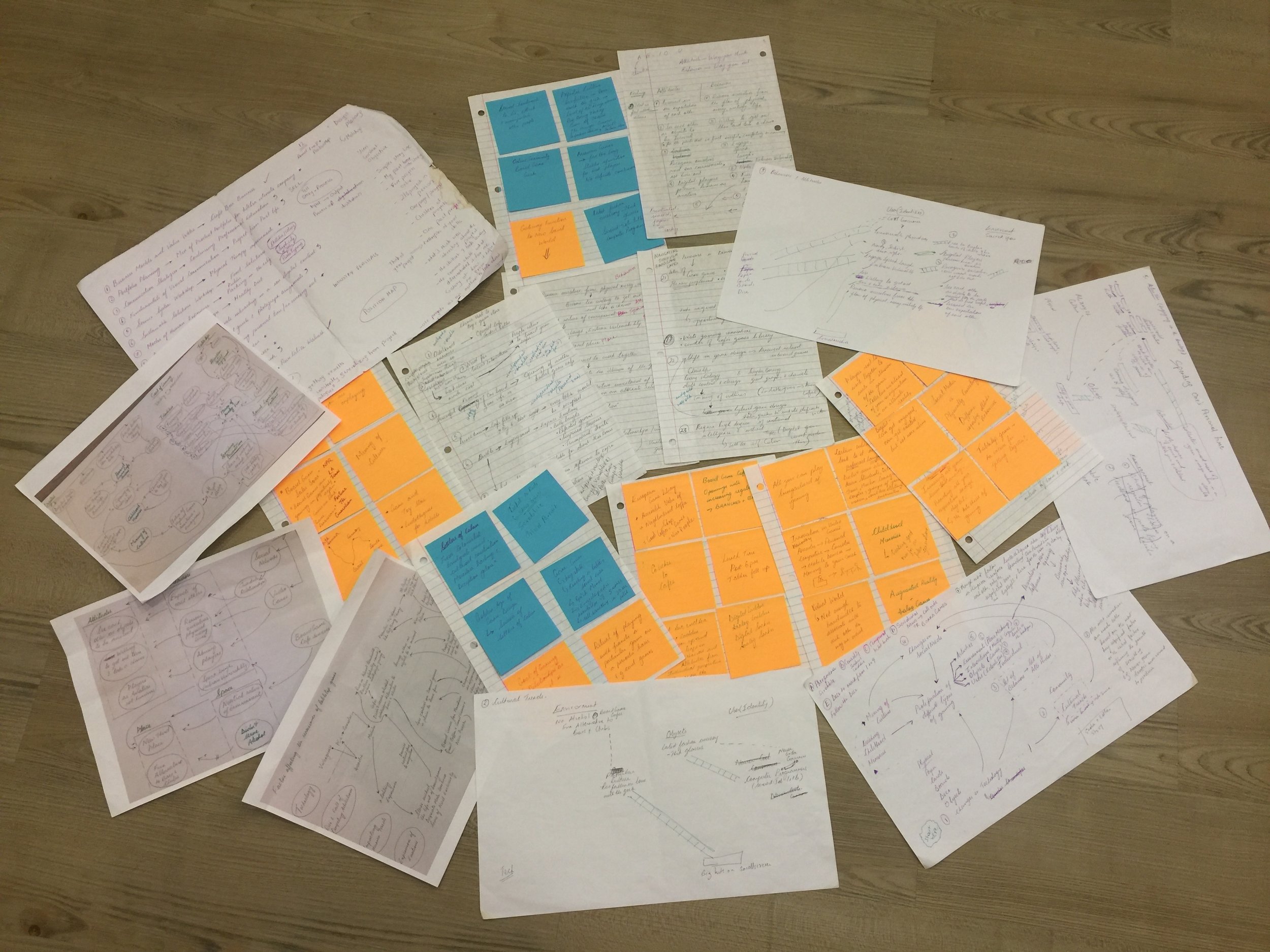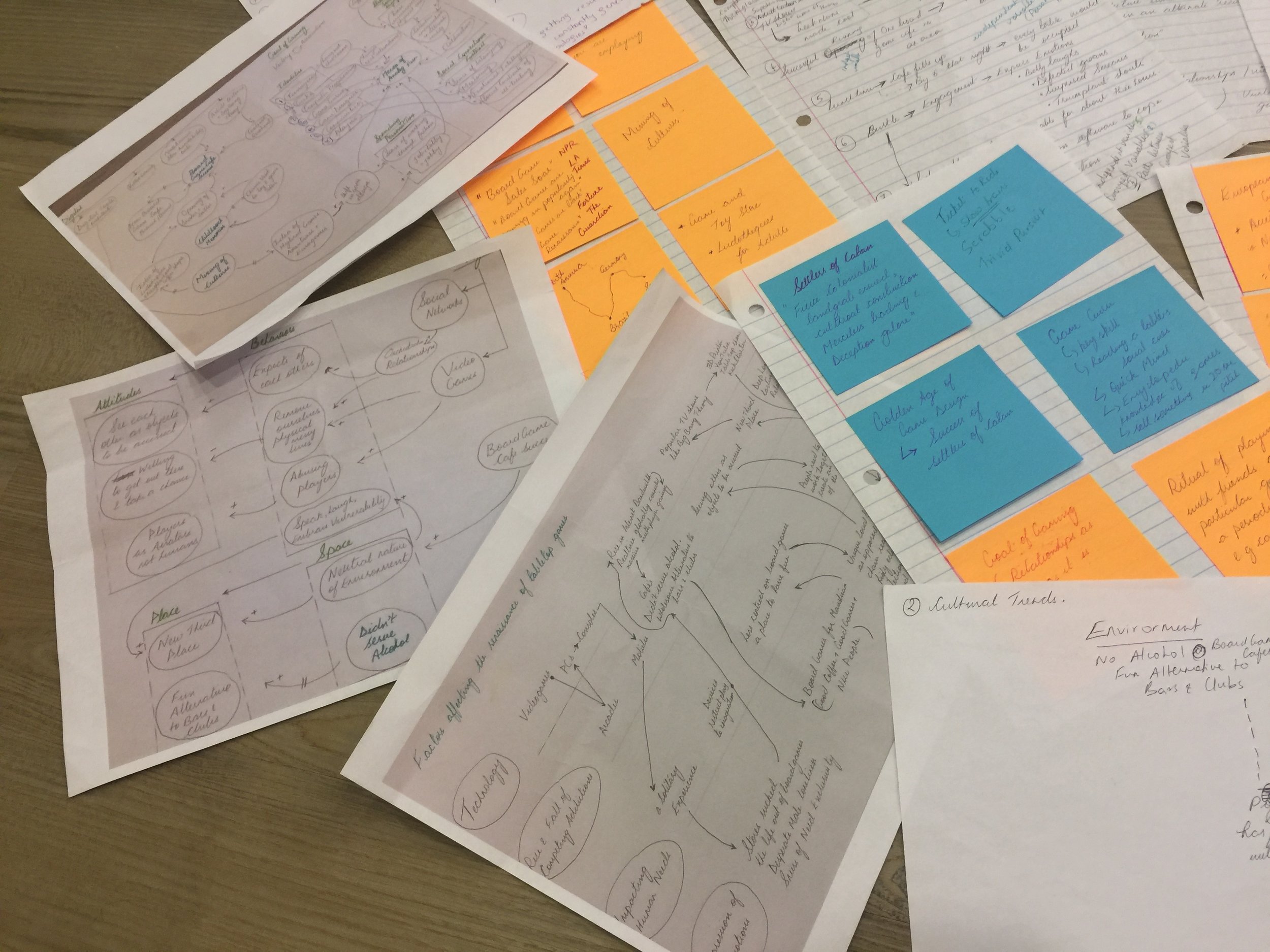Communication Design
Diagramming sequence, process & grouping and Modeling Complexity
Project Objective
Below are the assignments done as part of the communication design courses. The purpose of these courses was to understand the language of diagrams and to recognize their application opportunities in the design planning process and to explore how these diagrams can assist in the thinking process.
Solution
Below are the diagrams and models created with their respective descriptions. Click on the image to see an enlarged version.
Diagrams showing sequence
This assignment was the result of a lecture on showing sequence, order over time and order in space. We were given a 15 page document detailing the order of events about the famous BP oil spill that happened in 2010. We were required to synthesize it to a poster.
Diagrams showing process
This assignment was the result of a lecture on showing process, a series of actions, changes or functions bringing about a result. We were given a 6 page document on the process of Nitrogen fixation and it's impact on the environment.
Diagrams showing grouping
This assignment was the result of a lecture on showing grouping, a collection of discrete entities that belong together. We were given a list of conservation & sustainability organizations with a series of attributes to diagram in the most effective manner.
Approach
For each of the above assignments, I poured through the documents and first indulged in a deep analysis where I identified relevant entities, relationships and scenarios. Next, to synthesize the information I identified abstraction levels and hierarchies of information. Then I did a rapid iteration process of ideation and creating thumbnail sketches. Finally, I committed to a design and created the artifact. On a weekly basis, these artifacts were critiqued by my colleagues and my professor, Professor Tomoko Ichikawa. Thanks to whom, I was able to refine the final output. Below is a sample of the iterative process for my last assignment Modeling Complexity.





